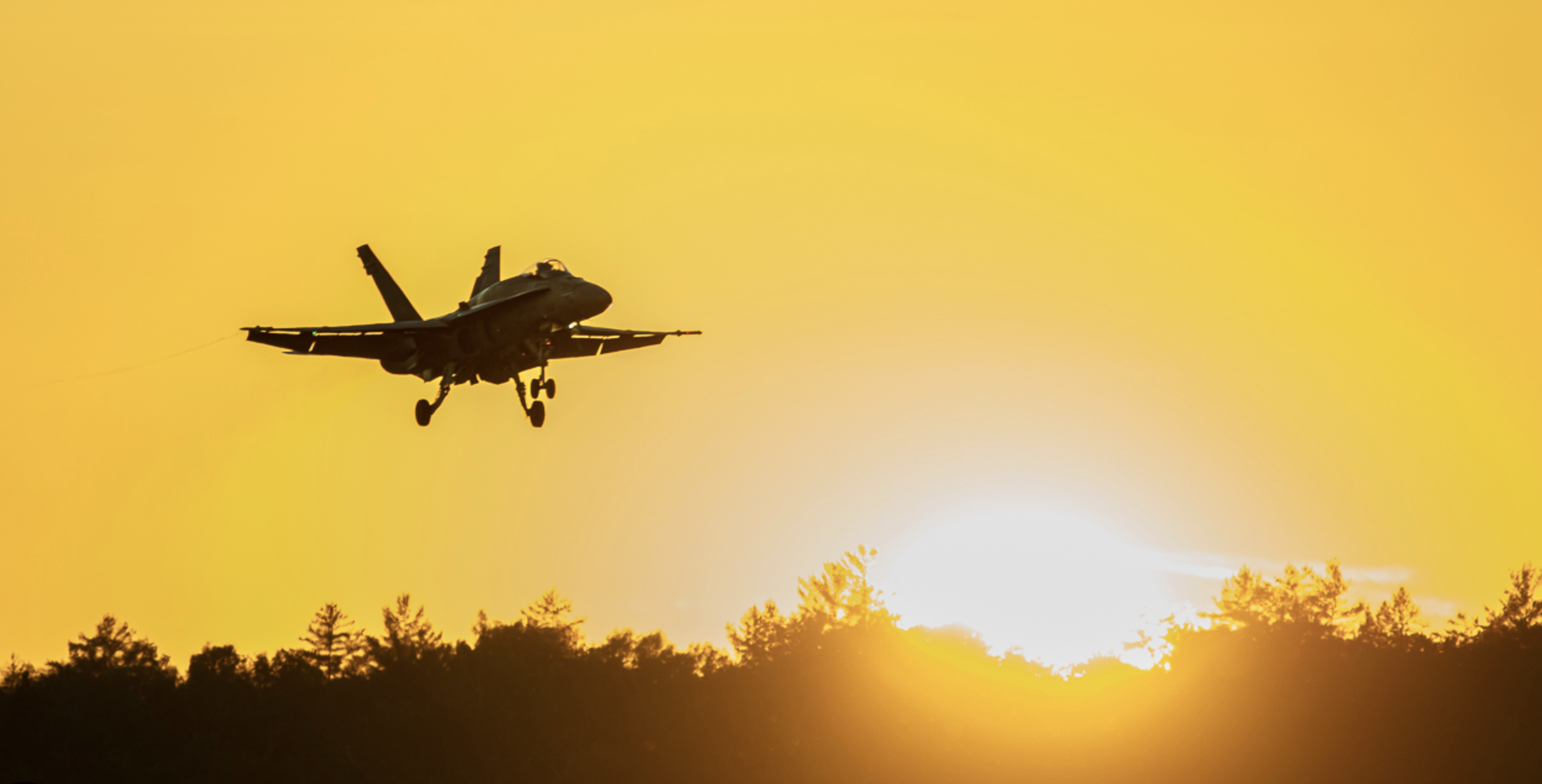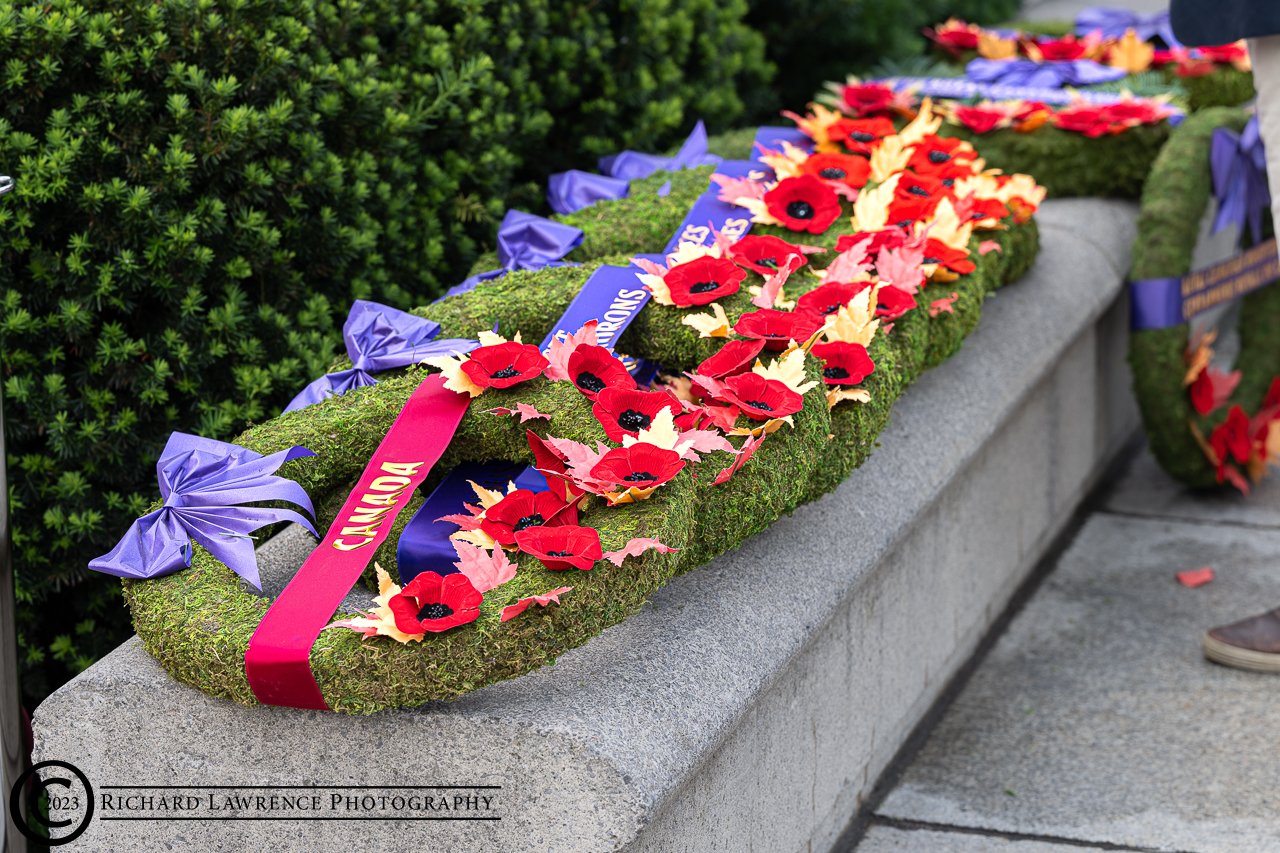By Richard Lawrence
On February 24th, 2022, Russia, illegally, without reason or provocation, invaded the sovereign country of Ukraine without warning. I say without warning but Russia had been amassing troops along the border for months (ostensibly for military exercises) and President Biden did publically warn the world that this was going to happen days before. Notwithstanding, Russia again became aggressive to the European family of nations and has dominated world headlines for the last three years. Yuliya Kovaliv arrived in Canada one month after the invasion as Ambassador of Ukraine to Canada and it is fitting that the CDAI 2025 Conference ended with a chat between Kevin Newman and her.
At first, Mr. Newman asked her to speak as to how Ukraine would move forward given that the USA had just stopped the flow of equipment, money, and the sharing of intelligence. Amb. Kovaliv reflected back to when the war started three years ago when Ukraine was in a much weaker position with fewer weapons, a small, relatively untrained, army, and not much intelligence at all. She noted that even in this relatively poor position, the people of Ukraine stopped the much larger Russian army and made great use of USA Javelin missiles and UK NLAWs (Next-generation Light Anti-armour Weapons).
Ukraine is now in a much stronger position despite the loss of so many soldiers and equipment, thanks largely to the European Union (EU) and the USA. But, going forward, Amb. Kovaliv noted that already 40% of the weapons used by Ukraine are made right in Ukraine, 30% come from EU allies, and the remaining 30% for the USA. The budget delay in the USA also hurt as the flow of money to buy weapons was stopped. Losing the support of the USA will definitely hurt but there are other things to consider.
As mentioned, Ukraine is now a stronger nation militarily and the people, although exhausted, have a strong resolve to see the battle through. They also have a much greater understanding of Russian tactics allowing Ukraine to deploy forces more effectively and they still get intelligence from EU/NATO sources. The EU is still supporting them with money and equipment so although the withdrawal of USA support is hurting, it is not just yet the death knell that Trump indicates. Amb. Kovaliv also noted that Ukraine is not just fighting Russia but is in fact fighting three nuclear powers: Russia, Iran, and North Korea with the North Koreans taking enormous losses.
She then went on to talk about the new reality of war for all militaries. For example regarding the North Korean troops, although they are taking losses, they are also gaining valuable battlefield experience with is missing in all the EU/NATO countries. That experience cannot be taught but gained only by getting into the fray. The use of artificial intelligence (AI) on the battlefield is ever evolving and Ukraine is known as a world leader in information technology and computer systems. Ukraine is also the only one of the allies that has AI experience in the ever changing landscape of active battle.
The use of drone technology also figures into the new war sphere in that a $1500 drone can take out a tank costing $10s of millions of dollars. The increasing use of drones has effectively frozen the current front lines because each side is using them to control their territory and not allowing any enemy movement. Add to this that Iranian supplied drones to Russia are upgraded with every iteration as they learn what works and what doesn’t makes their drone technology more dangerous and effective. The sooner that the allies realize that the current EU/Nato plans/doctrine regarding drones is already outdated, more effective decisions can be made about how to combat them in the future.
Mr. Newman then asked if EU/NATO members who have not invested in their traditional/conventional defence capabilities and not currently spending enough on defence can get to an operational stance considering that the Russians are willing to throw whatever they can at it.
Amb. Kovaliv said that she feels it depends a lot on leadership and the courage to make decisions. Discussions are ongoing about the spending of 2% GDP in all the capitals in Europe and also discussing 5% GDP, cutting red tape in terms of the investment, talking to private sector to get roadmaps and discover obstacles. Now is the time for actions, to explain the threat to people, and to share openly with the people the risks and the need for urgency.
Many people think about defence spending in the theoretical realm because they don’t see the military, suffer themselves from bombings, and only see the bases. Rather than see the military as an expense they should think of it as a huge investment in their manufacturing industrial base because defence is a huge industry. Each country is currently significantly increasing defence investments so the question is where they will spend the money. Ukraine started to build capacity in defence production and training to NATO standards with NATO assistance but it wasn’t enough at that time.
Now, defence industry currently wants predictability for the next ten years. This is impossible. Yet industry won’t do anything without long term contracts. It does not work that way today. Those who are quicker, those who are willing to take a risk, those who are ready to compete are the ones who will get the contracts. As an example, she used Roshel of Canada who makes the Senator APC/MRAP for the Ukrainian military.
Roshel started around the same time as the war and has currently delivered over 1500 Senator APC/MRAP vehicles to Ukraine and have gone so far as to open a manufacturing plant in Ukraine. Every 2nd vehicle made in Canada goes to Ukraine and 1/3 of workforce is Ukrainian refugees. To make sure they got the vehicle right, Roshel sent operators to the field to collect data, take pictures, and send home real-life usage reports. They have established in-country partnerships for overhaul/repair. Roshel (Canada) always keep 100 vehicles in inventory so that when Ukraine sends in an order, they can be delivered within a month. This is the future. Those who wait for 10 year contracts will be out of the completion. And the expenditure of military hardware will be huge.
She then alluded to cyber and information defence which started 2014 with the Crimean invasion. Ukraine has one of the best IT sectors in the world and now all the cyber and drones are being programmed by former IT engineers. Now it takes Ukraine two weeks from the initial testing of drone/missile prototypes to the battlefield.
Mr. Newman then posed the question, “ Understanding that there is a threat to the homeland mobilizes the people, the army and industries. Canada is now suffering through disinformation, misinformation and essentially many of the tools Russia used against Ukraine for a very long time and Canada is essentially defenseless. We’re blind, no units to watch it, counter it. What lessons can be learned from Ukraine’s experience with information operations”.
Amb. Kovaliv answered very quickly speaking to the need to learn history, as the current generation is most at risk because they use social media for information and don’t have a lot of historical learning as background, they don’t understand the history, lessons learned, or the truth about what they are digesting as news/information. They don’t understand the path used to get to peace and the benefits from the peace. So, she laid out some points to help counter misinformation and disinformation as:
· It is crucially important for society to respect the people in the military for they have given their lives to better and protect that society. This respect exists in Ukraine but that cannot be said of other countries.
· Supporting NGOs who will provide fact checks, independently verify, understand, and explain in a simple manner what is correct and what are lies. They need to show the 10% that is the grain of truth and show the 90% that is disinformation. If you understand your history, the disinformation is easier to dismiss.
· There needs to be a task force which understands where the info originally came from and how it was distributed and the social media. Without attribution to a source there is no responsibility for the lies.
· And importantly, there needs to be a free and independent media which can present an unbiased view of news and events, both at a local level as well as global level.
Mr. Newman wondered how Ukrainians were viewing the rapprochement between the USA and Russia. The Ambassador said that it was hard enduring the destruction of her country, drone attacks missile attacks but there was a simple message, “Was it hard for me – Yes. Are we exhausted – Yes. But ready to sacrifice for family and future generations. “.
Talking about a long and lasting peace, “We understand that … we had since 2014 over 200 different types of negotiations with Russia. There were cease fires … different types of different levels of communications. It didn’t work. It didn’t work with Russia that way. So they invaded. So today there is a unity in the society that this peace needs to be lasting and there needs to be really solid guarantees to the lasting peace for Ukrainians.”
In terms of Russia she thinks Canadians and Canadian business were so much more forward leaning than many European and American businesses. Since 2014 Canadian companies were leaving the Russian market. Since 2022 after the invasion, the Canadian companies suffered probably the least because they understood that there is not so much that can be done safely in Russia. Russia will now move forward by offering what seems, on the surface, to be good business opportunities but you are dealing with the same corrupt Russian regime with the same oligarchs, with the same huge enforcement machine (FSB). It all stays the same. Any further investment is just a waste of time and money
When asked if she had any final words before concluding the interview, she spoke to the importance of alliances and that this is the time when building and maintaining the alliances is important but more important are actions. Both the government and industry need to stop talking and start more doing. Start with the small things and this will lead to the big things. This is what Europe is doing. What Ukraine is offering is the building of partnerships. They have one of the best technology centers, and building the defence sectors together is a win-win.


































